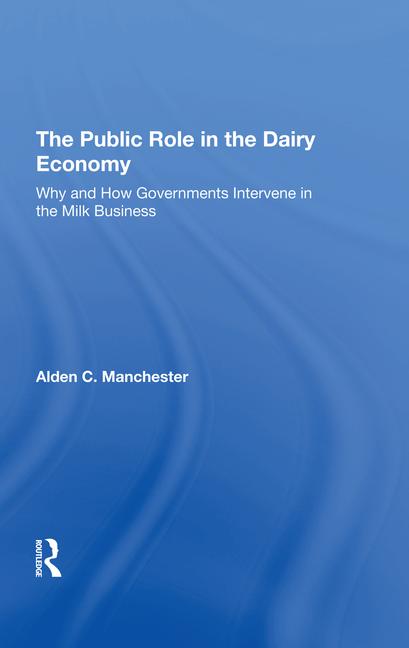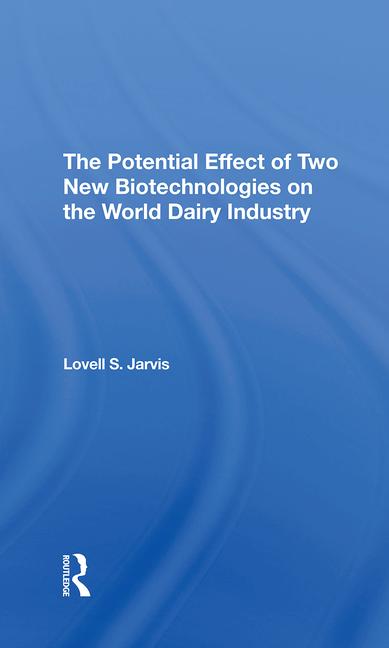
Specific delivery productivity levels and individual customer account profitability by delivery location has been largely unknown for many dairy and ice cream companies. Today, with just a modest bit of forethought regarding identification of data sources and desired results, that lack of knowledge should simply not be acceptable to management at any level.
To begin that process, the first steps are to determine and define the specific productivity and profitability information you need (or want) to know on a regular and continuing basis. Also decide the frequency and form in which the information is to be available. After defining the objectives, identify the data sources and points of origin. Not too long ago, most of the data would have likely been generated from historical (weeks after the fact) sales and expense accounting records. For probably the majority of dairy and ice cream companies today, that no longer has to be the case.

The desired route and customer location sales, sales gross profit and delivery quantity information may be sourced from both customer delivery pre-orders and from route driver hand held Point of Sales (POS) systems. Delivery, or per stop, time durations may be sourced from either on-board vehicle systems or driver POS. Results from integration of these various sales and delivery “data generator” information streams must then be joined with their corresponding delivery cost generators.
Again, for purposes of this discussion, let’s define the delivery cost generators as driver and vehicle. Driver total costs may be generated directly from payroll and applied by route and customer on a per-case-delivered basis or minutes per delivery. While vehicle cost may be allocated on an actual average total cost of ownership, maintenance and operation within a common vehicle class (i.e.: 18-ft milk route trucks) per day or a per-miles-operated basis. While there are a host of other possible variations that can be developed for measuring these two delivery cost generators, these should suffice for a starting point. In the future, as your analysis model becomes more sophisticated and refined, there are a number of indirect and other direct fleet cost allocation decisions to be considered.
Now that we have defined objectives and identified data needed, and where the data can be accessed; it should be a simple process of merging these various daily data streams into a “Customer and Route Delivery Profitability and Productivity Report.” By pulling information (on what will be an ongoing daily basis) you have now “automated” what previously would have required considerable manual effort, which was limited in use and value by its required use of after-the-fact historical data.
Once this data becomes available on a “semi-real-time” daily operating basis, the next likely steps will be to further refine the information into current period, year-to-date and life-to-date averages by route and customer categories, such as C store, supermarket dock delivery, warehouse delivery, institutional delivery, etc. From there, new management tools such as performance, cost and profit “norms” and “standards” can be developed. These will permit the further evolution and development, permitting more efficient management time utilization through the development and use of “norms and standards exception reporting” and trend line analysis.
This column was, in part, a continuation of the December 2006 Dairy Foods column. If these discussions about distribution, logistics and fleet management are of interest and value to you, then don’t miss the 37th anniversary Dairy Distribution and Fleet Management Conference in San Antonio, March 28 – 31, 2007. Get the latest and most complete program and registration information at www.dairydistributionconf.com.




